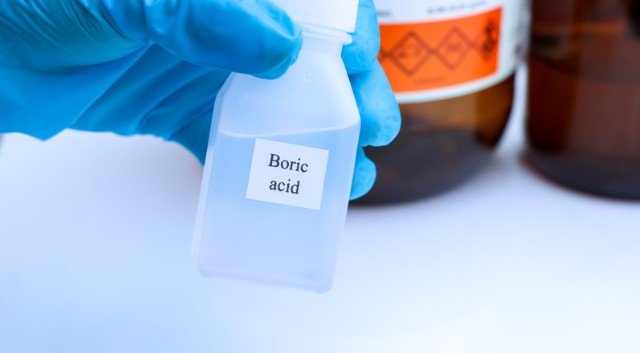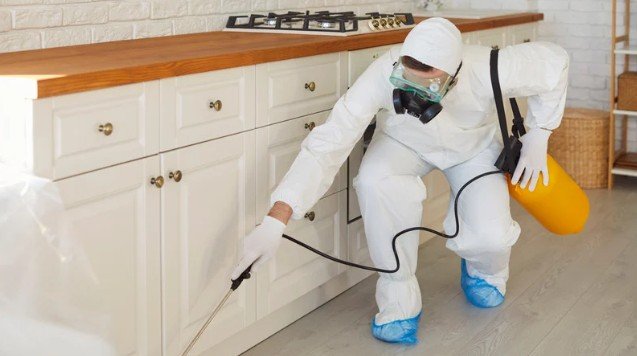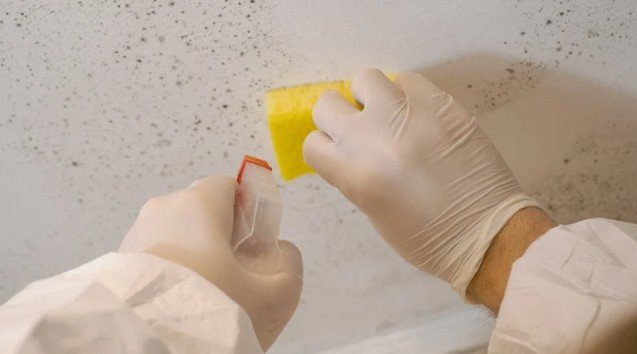
I never thought I’d learn how to get rid of termites the hard way, but life loves teaching lessons with dramatic flair. One morning, I tapped on a wooden window frame and watched a tiny shower of dust fall out like confetti at a party I didn’t agree to host.
The horror sank in fast. Termites. In my house. I went from denial to Google deep-diving within minutes, determined to figure out what worked, what didn’t, and how to stop the destruction before my walls turned into sawdust.
What I discovered changed the way I approach home care entirely. So today, I’m sharing everything I learned — the professional treatments, the DIY attempts that helped, the methods that wasted my time, and the prevention habits I swear by now.
What Actually Works When You Need to Know How to Get Rid of Termites?

When I realized my termites didn’t plan to leave politely, I wanted real solutions. Not theories. Not “maybe” ideas. I needed methods that could eliminate the colony — queen included — because spot-treating only the visible areas gives you a temporary illusion of victory.
Professionals use specialized tools, commercial-grade termiticides, and years of expertise to deal with termites at their source. They know how to track activity, identify the species, and choose treatments that target the colony instead of just the surface-level workers.
Liquid soil treatments stood out as one of the most effective approaches. A technician applies a termiticide into the soil around the home’s foundation. As termites pass through the treated zone, they carry the chemical back to the colony, where it spreads and eventually wipes out the entire population. I loved the idea of a “silent guard” around my home, and this barrier can protect for 5 to 12 years.
Baiting systems work differently, but they work well. Professionals place bait stations around the property, where termites find the bait, feed on it, and carry it back to the colony. It’s slower, but incredibly strategic.
Can DIY Options Help When You’re Figuring Out How to Get Rid of Termites?

I tried the DIY route before calling a professional, and I’ll be honest — some methods helped, but none of them gave me total peace. DIY works best when the infestation is tiny or just beginning. Once termites establish a colony, you need more than powders and oils.
Still, boric acid became my favorite at-home tool. It disrupts the termites’ digestive systems and dehydrates them. I applied it in cracks, crevices, and along wooden surfaces. It didn’t solve the entire issue, but it definitely reduced some activity. I wore gloves and a mask because boric acid can irritate your skin and lungs.
Orange oil and neem oil also helped a little with localized areas. Orange oil contains d-limonene, which destroys termites on contact, and neem oil disrupts their growth cycle. They worked well on furniture and small wooden items but didn’t reach deeper colonies inside walls.

I even tried the classic cardboard trap. Termites love damp cardboard because it mimics wood, so they’re drawn in quickly. Once I saw activity, I removed the cardboard and got rid of it. It was satisfying — very “catch and release,” except the release part was definitely not gentle.
Which Professional Method Should You Choose When You Truly Want to Know How to Get Rid of Termites?

Choosing the right treatment overwhelmed me at first. Each method sounded intense, but I quickly learned that the severity of the infestation determines the best option.
Liquid soil treatments give long-term protection and work beautifully for subterranean termites. Baiting systems excel in situations where you want a low-disruption, strategic option.
Direct wood treatments work when termites are inside beams or walls — professionals inject specialized termiticides directly into the wood.
Then there’s fumigation and heat treatment. These methods target drywood termites because they don’t rely on soil to survive.
Fumigation requires tenting your entire house, pumping in gas, and evacuating for several days. Heat treatment raises the internal temperature of infested areas high enough to kill termites inside the wood.
Both methods eliminate all termites in the treated zone, but neither prevents future activity — which makes prevention essential.
How Do You Prevent Termites After Getting Rid of Them?
Once I dealt with my infestation, I felt paranoid for months. I checked every corner like a detective. But eventually, I learned how to prevent issues instead of living in fear.
Moisture control changed everything. Termites adore damp environments, so I fixed leaks, improved drainage, and used dehumidifiers in humid areas.

I also made sure no wood touched the ground near my home. Firewood stays 20 feet away and elevated, and I maintain at least a 6-inch clearance between soil and any wooden component of my house.
Sealing cracks became a routine. I filled every gap in the foundation and around utility lines because termites can slip through tiny openings.
Now, I schedule annual inspections — especially since I live in a termite-prone region. A trained eye can catch things long before I can.
Quick Comparison Table: Professional vs. DIY Termite Solutions
| Method | Best For | Notes |
| Liquid Soil Treatment | Subterranean termites | Long-term protection (5–12 years) |
| Baiting Systems | Slow elimination of colonies | Less invasive but slower |
| Direct Wood Treatment | Localized wood activity | Works inside beams and walls |
| Fumigation/Heat | Drywood termites | Full kill but no residual protection |
| Boric Acid | Small DIY spots | Helps but not colony-level |
| Orange/Neem Oil | Furniture & small items | Contact kill only |
| Cardboard Trap | Early signs | Reduces workers, not colony |
How-To: My Step-by-Step Routine for Spot-Treating Termites at Home
Step 1: Inspect Every Suspected Area Closely
I always begin by tapping the wood with a screwdriver handle and listening for hollow spots. I check for bubbling paint, soft patches, and tiny holes because termites love hiding behind what looks like “perfectly fine” wood.
Step 2: Apply Boric Acid to the Affected Spots
Once I find activity, I dust boric acid into cracks, crevices, and along edges where termites travel. I make sure it reaches every nook because boric acid works best when it coats the paths termites use daily.
Step 3: Treat Furniture With Orange or Neem Oil
If the infestation sits inside wooden furniture, I switch to orange or neem oil. I apply it generously to the entry points and seams. Whenever possible, I put the item in direct sunlight because heat helps weaken the infestation and speeds up results.
Step 4: Monitor the Area Daily
After treating everything, I check the spots every day. I look for fresh dust, wings, or tiny pellets. If the wood stays quiet and clean, I know the treatment worked. If I still see activity after several days, I move to the next step.
Step 5: Call a Professional if Activity Continues
Termites rarely travel alone, and a small patch often connects to a bigger colony. If DIY doesn’t stop the activity, I bring in a professional immediately to prevent deeper structural damage.
FAQs About How to Get Rid of Termites
1. How long does it take to get rid of termites?
It depends on the method. Liquid treatments can start working within days, while baiting systems take weeks or months because they target the colony slowly. Fumigation eliminates termites immediately but does not prevent future infestations. Professionals can give you an estimate based on your specific situation.
2. Can termites come back after treatment?
Yes, especially if you don’t manage moisture or wood-to-ground contact. Treatments eliminate the current colony, but new colonies can form if conditions remain ideal. That’s why prevention — especially soil barriers and inspections — matters so much.
3. Do natural remedies actually work for termites?
They help with small or early-stage infestations. Orange oil, neem oil, sunlight exposure, and cardboard traps can reduce activity, but they rarely eliminate an entire colony. They work best when paired with prevention or when professional intervention isn’t yet necessary.
4. When should I call a professional?
If you see mud tubes, widespread wood damage, or repeated activity after DIY treatment, call a specialist immediately. Termites work silently and steadily, so waiting too long risks structural damage.
Final Word Before You Take Back Your House
Termites don’t play fair, but you absolutely can win. Once you understand how they live and what they love, you can outsmart them. My biggest tip?
Don’t ignore the signs and don’t underestimate them. A tiny pile of dust can hide a big problem, but quick action saves your home — and your nerves.





